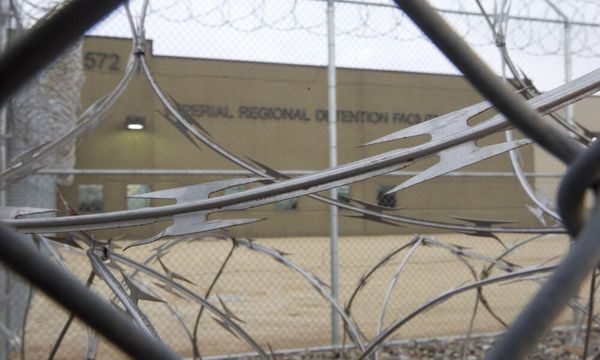
After warning medical professionals to be on the lookout for a baffling neurological condition that produced memory loss, muscle wasting and severe cognitive decline, authorities in the Canadian province of New Brunswick have concluded that no such illness exists, a finding that has prompted skepticism and disbelief as families search for answers.
New Brunswick officials last year flagged a possible “cluster” of residents suffering from an unknown neurological syndrome, similar to those of Creutzfeldt-Jakob disease. Symptoms were varied and dramatic: some patients started drooling, and others felt as though bugs were crawling on their skin.
On Thursday, the province released the findings of its oversight committee, concluding that none of the 48 cases met the definition of an unknown brain syndrome and that the victims were instead probably suffering from known diseases.
“The oversight committee has unanimously agreed that these 48 people should never have been identified as having a neurological syndrome of unknown cause, and that based on the evidence reviewed, no such syndrome exists,” Jennifer Russell, chief medical officer of health for New Brunswick, told reporters Thursday.
“But I stress again, this does not mean that these people aren’t seriously ill. It means they are ill with a known neurological condition.”
But the province’s conclusion is unlikely to satisfy family members, many of whom have watched helplessly as those close to them quickly deteriorate. A previous report released by the province found no environmental exposures that linked the patients together, leading families to suspect the province was prepared to rule out existence of a cluster.
“You always hang on to a sliver of hope and [that] they’ll reverse course,” said Steve Ellis, whose father Roger was diagnosed in 2019. “But they did the opposite.”
Ellis said he and other families met the province’s health minister and chief medical officer before the release of the report.
“They didn’t answer any of our questions. It was political theatre at its worst,” he said. “I knew it wasn’t going to be good. But I didn’t expect it to be this hurtful.”
In recent weeks, families of those within the cluster, including Ellis, received letters from the provincial government, suggesting they may have a yet-undiagnosed condition.
The report also cast doubt on the work of Dr Alier Marrero, the New Brunswick doctor who first flagged the cluster and has treated most of the patients, saying it “could not conclude that the main referring neurologist had sought second opinions” when diagnosing cases.
In the future, the committee recommended a second specialist review cases to determine whether a patient has a new and unknown disease.
The Guardian has seen a letter sent last week in which Marrero pleaded for help to Canada’s chief public health officer Theresa Tam, and to Russell, New Brunswick’s chief medical officer.
Marrero wrote that he had a backlog of 100 patients referred to him by other doctors whose symptoms appeared to fit the case description, but lacked the resources to investigate each case. Marrero wrote that he was “quite concerned” by how many young people were in that backlog of cases.
Officials at Thursday’s press conference disputed they had been advised that multiple households had more than one member showing neurological symptoms. But Marrero’s letter warned of at least 12 households with multiple cases, a finding he said raised concerns over “potential human-to-human transmission or a possible common root cause” of the suspected illness.
“With these latest developments, I am concerned for my patients and, from a public health standpoint, for the general population,” he wrote. “I believe there is an urgency to act promptly and use all means necessary to investigate and get to the roots cause or causes of the above issues.”
Kat Lanteigne, executive director of Bloodwatch, said officials presenting the report had “misled the public” about the scope of possible cases, and said the latest report lacked scientific rigour.
“It’s a sham. It’s an absolute public health sham,” said Kat Lanteigne, executive director of Bloodwatch. “They haven’t done any additional testing. They have not tested for neurotoxins. They did not run a control group for their epidemiological study. Their data is wholly insufficient.”
Experts have previously told the Guardian it is possible for patients to have known diseases that are triggered by a common cause.
Lanteigne, who has been in contact with families, says she has advised them to get legal counsel as they explore their options to “hold both the government of New Brunswick and the Public Health Agency of Canada accountable for their failings”.
“These families are being crushed and they need help,” she said. “They need answers.”







